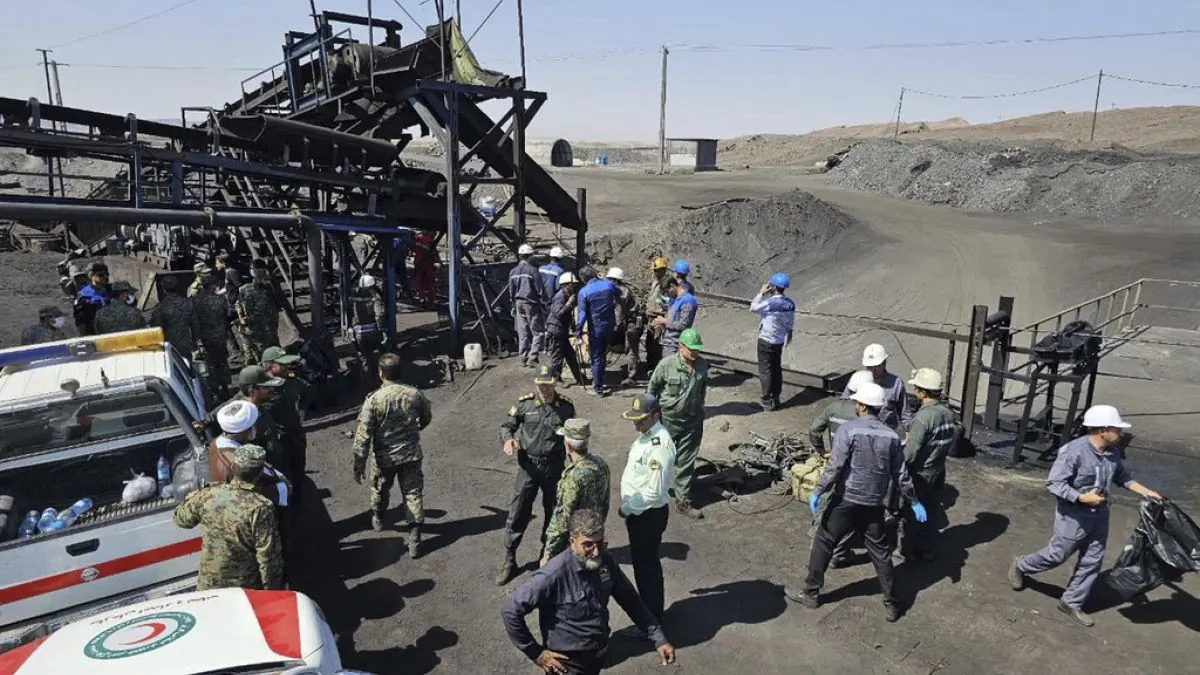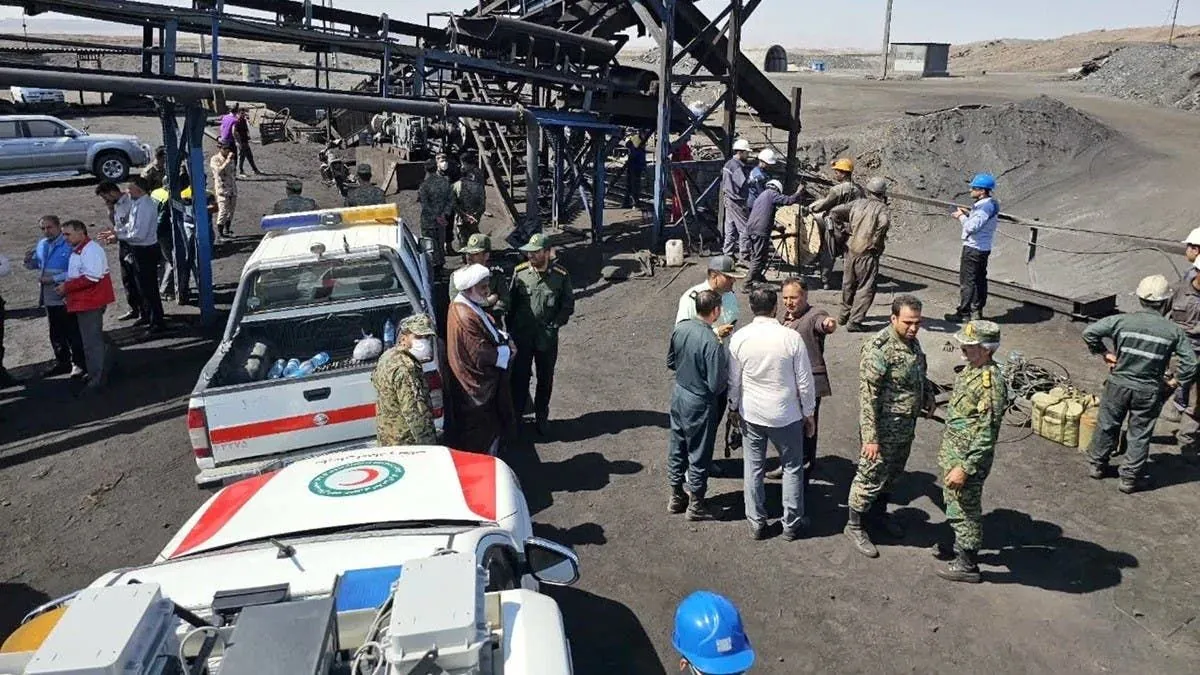Deadly Methane Blast in Iranian Coal Mine Claims 51 Lives, Injures 20
A methane explosion in an eastern Iranian coal mine has resulted in at least 51 fatalities and 20 injuries. Rescue efforts are ongoing, with challenges due to underground conditions.

A devastating methane explosion has rocked a coal mine in Tabas, eastern Iran, resulting in a significant loss of life. According to state media reports on Sunday, at least 51 individuals have perished, with an additional 20 sustaining injuries. The incident occurred late Saturday, highlighting the ongoing risks associated with coal mining operations.
Mohammad-Ali Akhondi, head of the provincial crisis management department, indicated that the death toll might increase as rescue efforts continue. The challenging rescue operation is taking place approximately 700 meters diagonally beneath the surface, complicating the efforts of emergency personnel.

The Iranian Red Crescent reported that gas accumulation in the mine was impeding rescue attempts. This tragic event underscores the dangers of methane in coal mines, a hazard miners have long referred to as "firedamp". Iran, the world's 10th largest coal producer, has been grappling with the risks associated with its estimated 1.9 billion tons of coal reserves.
Tabas, located in South Khorasan Province, is home to about 40,000 people and is known for its significant coal deposits. The province, created in 2004 after splitting from the larger Khorasan Province, plays a crucial role in Iran's mining sector, which contributes approximately 25% to the country's GDP.
Iran's newly elected reformist president, Masoud Pezeshkian, who is scheduled to address the United Nations General Assembly this week, has ordered an investigation into the incident. In a statement, he expressed:
"I offer my heartfelt condolences to the compatriots who lost their loved ones in this incident and consider myself a partner in their grief."
Local authorities have announced three days of mourning in South Khorasan province, starting Sunday and continuing through Tuesday.
This tragic event serves as a stark reminder of the historical dangers associated with coal mining. The first recorded coal mine explosion dates back to 1375 in Belgium, and it wasn't until 1900 that the first successful coal mine rescue breathing apparatus was invented. Despite technological advancements, mining accidents continue to occur globally.
As Iran works to reduce its dependence on coal for energy production, having ratified the Paris Agreement on climate change in 2016, incidents like this underscore the importance of prioritizing worker safety and exploring alternative energy sources. The Red Crescent Society of Iran, established in 1922, continues to play a crucial role in disaster response and humanitarian efforts in the country.
As rescue operations continue, the international community watches closely, with thoughts turning to the affected families and the broader implications for mine safety in the region.


































